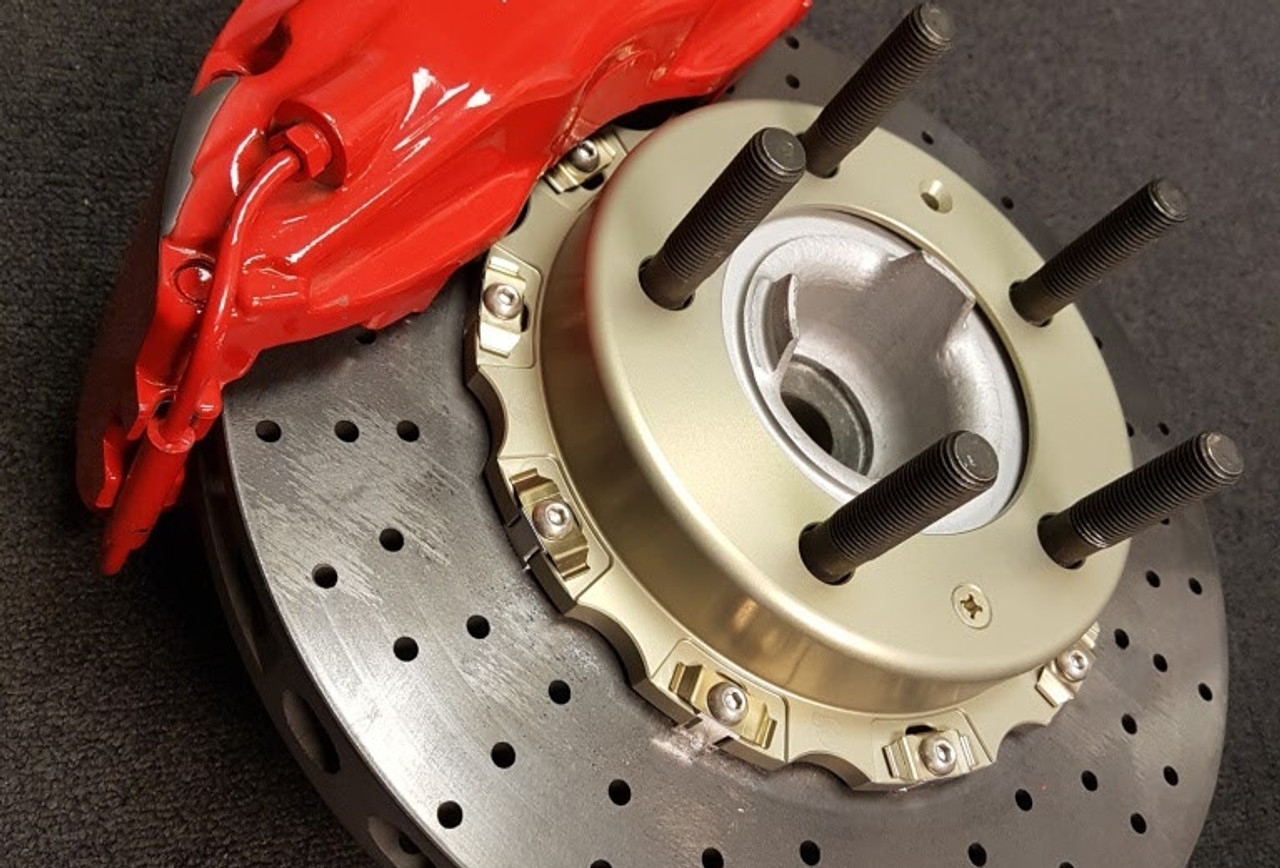Primarily there are two kinds of braking systems: drum and disc brakes. Most vehicles have disc braking mechanisms on the front wheels. However, due to its strength and reliability, the latest automobiles also have rear disc braking systems.
Brake calipers control the halting of an automobile. However, their complete function is not a common subject. Therefore, the guide below explains the working mechanism of brake calipers.
These components have good endurance and don’t need much maintenance. However, if you are facing ineffective braking, you can refer to what are the symptoms of a bad brake caliper.
What Is a Brake Caliper?
The disc brake system comprises a few essential components: disc (rotors), brake pads, calipers, and springs. Brake calipers clamp over the disc rotor.
When the brakes are applied, the caliper limits or halts the rotor’s motion. The following section explains how they work, so it’s easier to understand how things happen on the inside.
How Does a Brake Caliper Work?
Long story short, brake calipers are force-multiplication devices. When the brakes engage, a piston linked to the master cylinder compresses the fluid inside. Since the fluid is incompressible, the force travels to the brake calipers.
The pistons in the brake calipers multiply the incoming force and push the brake pads against the rotor. Since brake calipers have different kinds, i.e., fixed and floating, the force exertion process slightly varies.
For fixed brake calipers, the calipers remain stationary while the pistons surrounding the rotor disc move and exert force from both sides. However, floating calipers move relative to the rotors.
A single piston exerts pressure on the inboard brake pad while moving the caliper away from the rotor. During this slide, the rotor comes in contact with the outboard brake pad, which reduces its motion.
Features Of an Exemplary Brake Caliper
Better Ventilation
A moving car possesses kinetic energy. When the brakes hit, the calipers convert all that energy into heat. Frequent exposure to heat wears down the brakes, eventually making them less effective. Hence, a braking system with good ventilation ultimately prolongs the calipers’ life.
More Number of Pistons
You can customize your calipers by increasing the number of pistons. Floating calipers usually have a single piston. Although it works admirably for primary braking, it cannot make strong halts.
In comparison, increasing the number of your pistons improves the clamping force of the caliper and the brake intensity. Nowadays, 6-piston calipers are standard in vehicles. However, high-speed cars also use up to 10 pistons in their calipers.
Piston Variance
When the brake engages, the friction heats the surface of the rotor. So, the entire halting of the rotor requires more force.
In multi-piston calipers, the pistons on the front heat up the surface of the rotor. Consequently, more power is required to minimize the motion of the heated rotor. Therefore, it is best if the rear end of the caliper has larger pistons, as the hot rotor surface needs more force to stop.
The Bottom Line
Brake calipers are a crucial component in the automobile braking system. Although their function is undeniable, most drivers are unaware of the behind-the-scene happenings.
The guide aims to explain the basic working mechanism as it allows insights into the parts involved. Knowing the component involvement also helps you identify which fragments may wear down fast and need an inspection.
Calipers are force multiplication devices. However, based on the orientation of the pistons, their braking system is slightly different. If you feel your braking system is inadequate for a specific use case, you can add some touch-ups to your automobile’s brake calipers to ensure its effectiveness.

